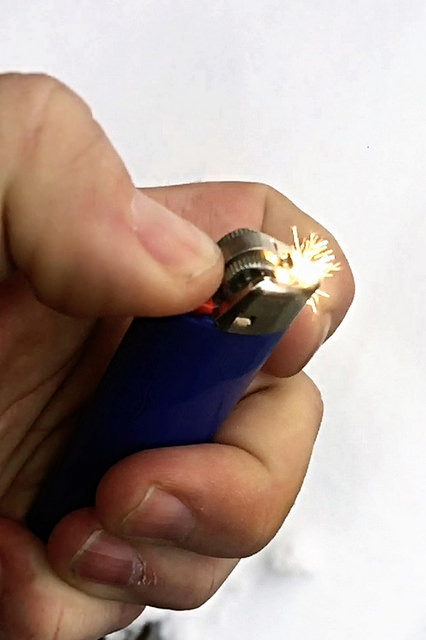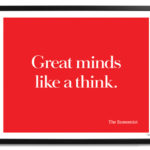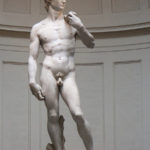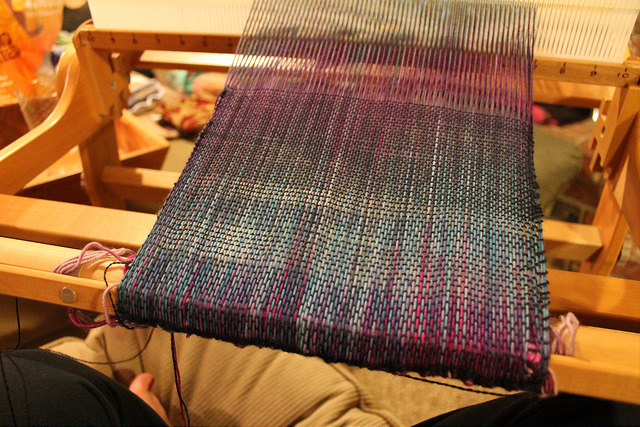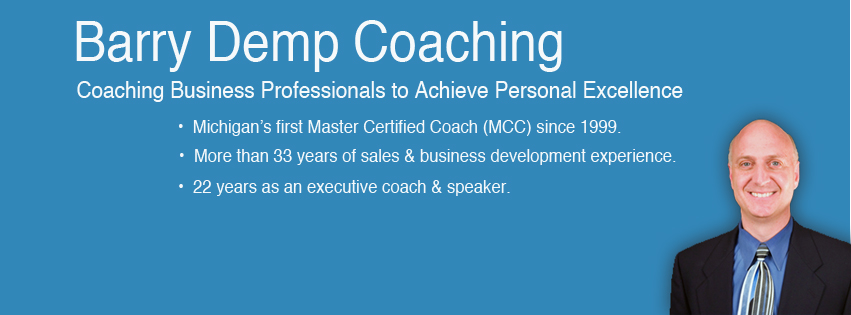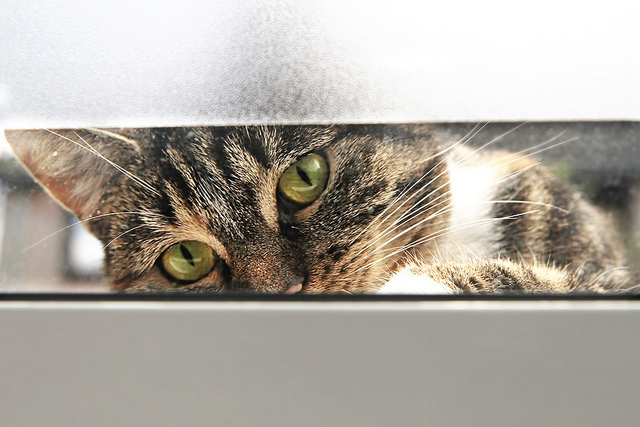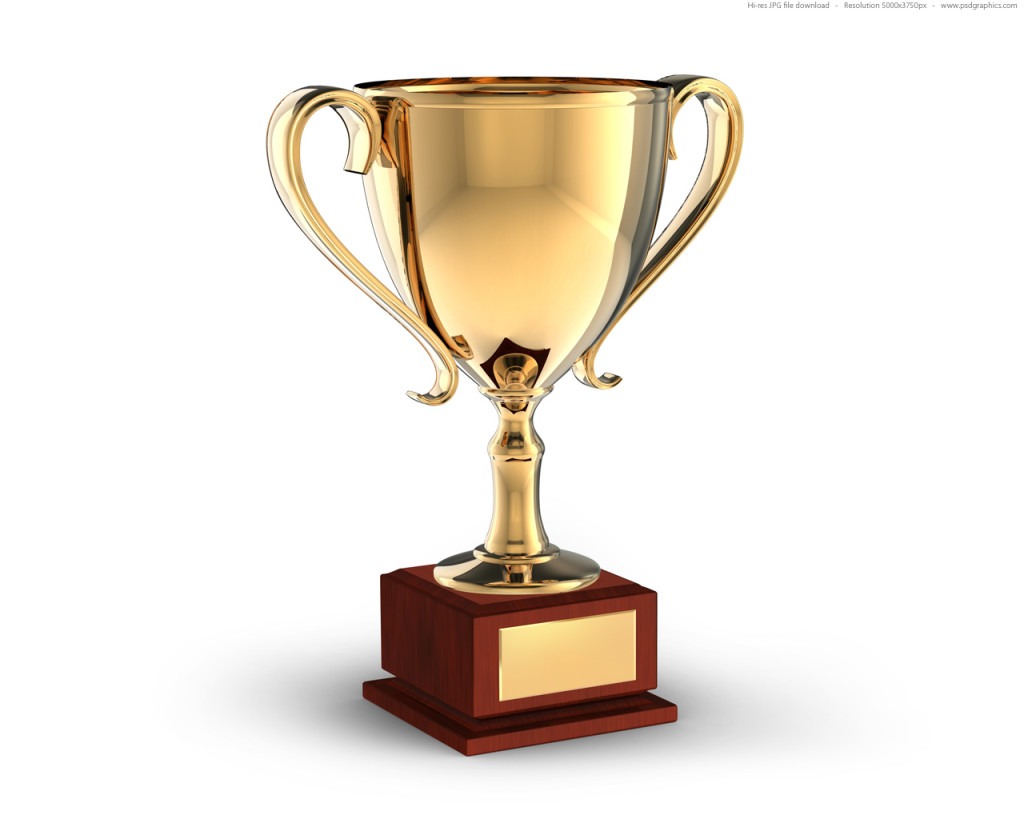“When your mind is completely open and ‘unfurnished,’ you will have plenty of space for creative thoughts.”
—Barbara Ann Kipfer, author of Self Meditations

Image from Oprah.com
It’s spring. Time to do some cleaning and uncluttering. With the warmer, longer days, by all means open the windows, get out your cleaning tools, and go for it!
Beyond your closets, garage, basement, and junk drawers, spend some time examining the issues, challenges, worries, and upsets that create congestion in your mind. Cleaning them out will allow room for greater creativity, enhanced well-being, and happiness.
EXERCISE:
Here are a few uncluttering techniques you can try. I have found many to be helpful:
- Discussions with a close friend or trusted advisor
- Conducting a “brain dump” exercise to identify and capture on paper the issues running through your mind
- Meditation to enhance mindfulness and self-awareness
- Prayer and/or discussions with a spiritual advisor
Actual uncluttering and giving things away helps a bunch as well!

